Home>Gardening & Outdoor>Garden Tools & Equipment>How To Check If A Lawnmower Has Spark
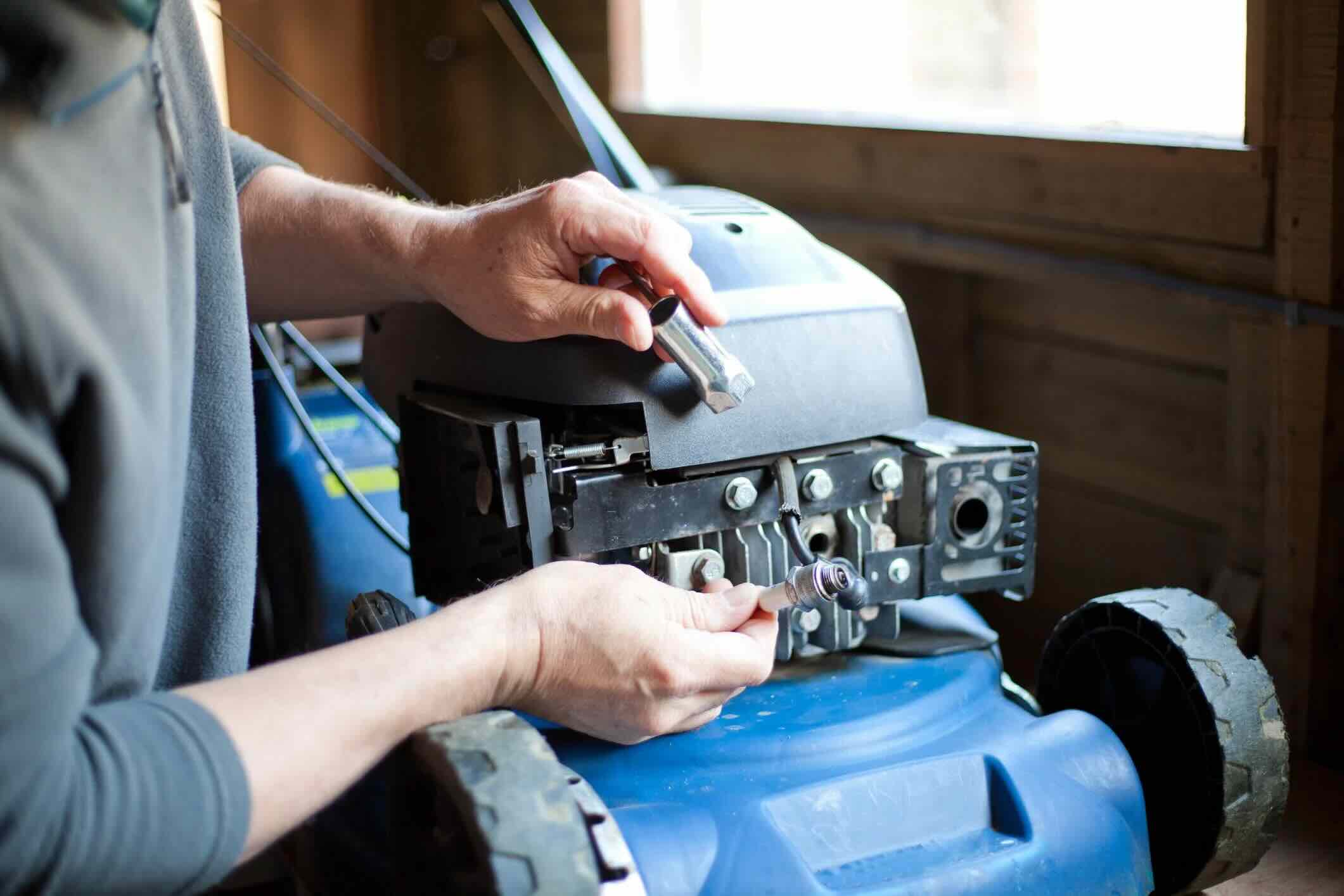

Garden Tools & Equipment
How To Check If A Lawnmower Has Spark
Modified: September 2, 2024
Learn how to easily check for spark in your lawnmower with our step-by-step guide. Ensure your garden tools and equipment are in top condition. Discover more tips now!
(Many of the links in this article redirect to a specific reviewed product. Your purchase of these products through affiliate links helps to generate commission for Storables.com, at no extra cost. Learn more)
Introduction
Welcome to the world of lawn care, where the hum of lawnmowers and the scent of freshly cut grass fill the air. As a proud owner of a lush green lawn, you understand the significance of keeping your lawnmower in top-notch condition. One crucial aspect of lawnmower maintenance is ensuring that it has a healthy spark, as this is essential for igniting the fuel and powering the engine.
In this comprehensive guide, we will delve into the art of checking for spark in your lawnmower. Whether you're a seasoned lawn enthusiast or a novice gardener, understanding this process is pivotal in keeping your lawnmower running smoothly. We will explore the importance of checking for spark, the tools and equipment needed, step-by-step instructions for the process, troubleshooting common issues, and practical solutions.
So, grab your gardening gloves and let's embark on a journey to ensure that your lawnmower is firing on all cylinders!
Key Takeaways:
- Regularly checking for spark in your lawnmower ensures it starts and runs smoothly, saving time and frustration in the long run. It’s a proactive approach to lawn care that keeps your lawnmower a reliable companion.
- By following the step-by-step process to check for spark and troubleshooting common issues, you can ensure your lawnmower remains a stalwart ally in your quest for a well-manicured lawn. It’s all about proactive maintenance and addressing potential challenges with precision.
Read more: How To Check For Spark With A Screwdriver
Why Checking for Spark is Important
Before we dive into the nitty-gritty of how to check for spark in your lawnmower, it’s crucial to understand why this process holds such significance. The spark is the ignition source that kick-starts the combustion process within the engine, propelling the pistons and setting the entire machinery in motion. Without a healthy spark, your lawnmower will struggle to roar to life, leaving your lawn untouched and your gardening ambitions unfulfilled.
Regularly checking for spark is a preventive measure that ensures your lawnmower is always ready to tackle the overgrown grass with vigor. By verifying the presence and strength of the spark, you can preemptively address any issues that may impede the starting and running of your lawnmower. Additionally, a consistent spark is vital for maintaining the overall performance and longevity of your lawnmower’s engine.
Furthermore, diagnosing and resolving spark-related issues can save you time, money, and frustration in the long run. It eliminates the guesswork and empowers you to pinpoint the root cause of starting or running problems. Whether your lawnmower is experiencing intermittent sputtering or outright refusal to start, a thorough spark check can illuminate the path to a swift and effective solution.
By understanding the importance of checking for spark, you are embracing a proactive approach to lawn care, ensuring that your trusty lawnmower remains a reliable companion in your quest for a well-manicured lawn. Now, let’s gather the necessary tools and equipment to embark on this enlightening diagnostic journey.
Tools and Equipment Needed
Before delving into the process of checking for spark in your lawnmower, it’s essential to gather the requisite tools and equipment. Ensuring that you have the right gear at your disposal will streamline the diagnostic procedure and allow for a comprehensive assessment of your lawnmower’s spark health.
Here’s a list of the essential tools and equipment you’ll need:
- Safety Gear: Prioritize your safety by donning protective gloves and safety glasses. These items will shield your hands and eyes from potential debris and ensure a secure grip on the components during the inspection.
- Spark Plug Tester: This invaluable tool allows you to assess the strength and consistency of the spark produced by the spark plug. It provides a clear visual indication of the spark’s presence, enabling you to make informed decisions regarding the next steps in the diagnostic process.
- Socket Wrench Set: A reliable socket wrench set is indispensable for accessing and removing the spark plug from the lawnmower’s engine. Ensure that the set includes the appropriate socket size for your specific lawnmower model.
- Wire Brush: A wire brush will aid in cleaning the spark plug and removing any carbon deposits or debris that may hinder its performance. A clean spark plug is essential for optimal spark generation.
- Owner’s Manual: While not a physical tool, the owner’s manual for your lawnmower is an invaluable resource. It provides essential information on the location of the spark plug, the recommended gap setting, and specific maintenance procedures tailored to your lawnmower model.
By ensuring that you have these tools and equipment at your disposal, you are well-equipped to embark on the journey of checking for spark in your lawnmower. With safety gear in place and the necessary diagnostic instruments at hand, you are poised to conduct a thorough assessment and address any spark-related issues that may arise.
To check if a lawnmower has spark, remove the spark plug and connect it to the spark plug wire. Then, ground the plug against the engine and pull the starter cord. If you see a spark, the lawnmower has spark.
Steps to Check for Spark
Now that you have assembled the essential tools and equipment, it’s time to embark on the step-by-step process of checking for spark in your lawnmower. By following these meticulous steps, you will gain valuable insights into the health of your lawnmower’s ignition system and spark generation capabilities.
- Prepare the Work Area: Position your lawnmower on a flat, stable surface in a well-ventilated area. Ensure that the engine is cool to the touch before initiating the spark check.
- Disconnect the Spark Plug Wire: Locate the spark plug, which is typically situated at the top of the engine. Carefully disconnect the spark plug wire by firmly grasping the boot and gently pulling it away from the spark plug. This prevents accidental ignition during the inspection process.
- Remove the Spark Plug: Utilizing the appropriate socket wrench and size, carefully loosen and remove the spark plug from the engine. Exercise caution to avoid damaging the threads or electrode during this process.
- Inspect the Spark Plug: Examine the spark plug for any signs of damage, wear, or carbon buildup. A worn or fouled spark plug may hinder spark generation and necessitate replacement. Use a wire brush to gently clean the spark plug and remove any deposits that may impede its performance.
- Connect the Spark Plug to the Tester: Attach the spark plug to the spark plug tester, ensuring a secure connection. This device will enable you to visually assess the spark’s intensity and consistency.
- Initiate the Test: With the spark plug tester connected, pull the lawnmower’s starter cord or engage the electric starter. Observe the spark plug tester for the presence of a strong, visible spark. A healthy spark will manifest as a bright, blue-white flash within the tester.
- Interpret the Results: Based on the observation of the spark plug tester, evaluate the strength and consistency of the spark. A weak or absent spark indicates potential issues with the ignition system or the spark plug itself, necessitating further investigation and potential remedial measures.
By meticulously following these steps, you will gain valuable insights into the condition of your lawnmower’s spark generation capabilities. Whether you observe a robust spark or identify areas for improvement, this diagnostic process empowers you to make informed decisions regarding maintenance and potential repairs, ensuring that your lawnmower remains a stalwart ally in your lawn care endeavors.
Troubleshooting and Solutions
Upon conducting a thorough assessment of your lawnmower’s spark, you may encounter various scenarios that require troubleshooting and targeted solutions. Each observation and outcome during the spark check provides valuable insights into the health of the ignition system, enabling you to address potential issues with precision and efficacy.
Here are common observations and their corresponding troubleshooting steps and solutions:
- Weak or Intermittent Spark: If the spark appears weak or sporadic, it may indicate issues such as a fouled spark plug, improper spark plug gap, or a faulty ignition coil. Consider cleaning or replacing the spark plug, ensuring that it is set to the manufacturer’s recommended gap specification. Additionally, inspect the ignition coil for signs of damage or wear, and replace it if necessary.
- Absence of Spark: If no spark is observed during the test, potential culprits include a defective ignition coil, damaged spark plug wire, or a faulty safety interlock switch. Inspect the spark plug wire for damage and ensure a secure connection to the spark plug. If the wire is compromised, replace it with a new one. Additionally, troubleshoot the safety interlock switch to ensure that it is functioning correctly and not impeding spark generation.
- Consistent, Strong Spark: A consistent, robust spark is indicative of a healthy ignition system. However, if your lawnmower continues to experience starting or running issues despite the presence of a strong spark, consider examining other potential factors such as fuel delivery, air intake, and engine compression to identify comprehensive solutions for optimal performance.
By meticulously addressing these potential scenarios and implementing targeted troubleshooting steps, you can effectively resolve spark-related issues and restore your lawnmower to peak operational condition. Whether it involves cleaning and adjusting the spark plug, inspecting the ignition coil, or verifying the integrity of the spark plug wire, each proactive measure contributes to the sustained reliability and performance of your lawnmower.
Armed with these troubleshooting insights and solutions, you are well-prepared to navigate the intricacies of spark-related issues and uphold the operational prowess of your trusty lawnmower.
Read more: How To Tell If A Lawnmower Spark Plug Is Bad
Conclusion
Congratulations on embarking on the enlightening journey of checking for spark in your lawnmower! By understanding the importance of a healthy spark, gathering the essential tools and equipment, and meticulously following the step-by-step process, you have empowered yourself to safeguard the optimal performance of your lawnmower’s ignition system.
Through this diagnostic endeavor, you have gained invaluable insights into the intricacies of spark generation and the pivotal role it plays in the seamless operation of your lawnmower. Whether you encountered a robust spark or identified areas for improvement, your proactive approach to spark assessment exemplifies a dedication to meticulous lawn care and equipment maintenance.
Furthermore, by delving into troubleshooting common spark-related issues and implementing targeted solutions, you have fortified your ability to address potential challenges with precision and efficacy. This proactive mindset ensures that your lawnmower remains a stalwart ally in your quest for a well-manicured lawn, consistently delivering reliability and performance.
As you return your lawnmower to its rightful place in your gardening arsenal, equipped with a newfound understanding of spark diagnostics and maintenance, take pride in the proactive measures you’ve undertaken to uphold the operational prowess of your trusty companion. Whether it’s the anticipation of the next mowing session or the satisfaction of a job well done, your commitment to nurturing a healthy spark embodies the essence of conscientious lawn care.
So, as the scent of freshly cut grass lingers in the air and the hum of lawnmowers reverberates through the neighborhood, revel in the knowledge that your lawnmower stands ready, its spark aglow, to tackle the verdant expanse of your lawn with unwavering vigor and reliability.
Frequently Asked Questions about How To Check If A Lawnmower Has Spark
Was this page helpful?
At Storables.com, we guarantee accurate and reliable information. Our content, validated by Expert Board Contributors, is crafted following stringent Editorial Policies. We're committed to providing you with well-researched, expert-backed insights for all your informational needs.
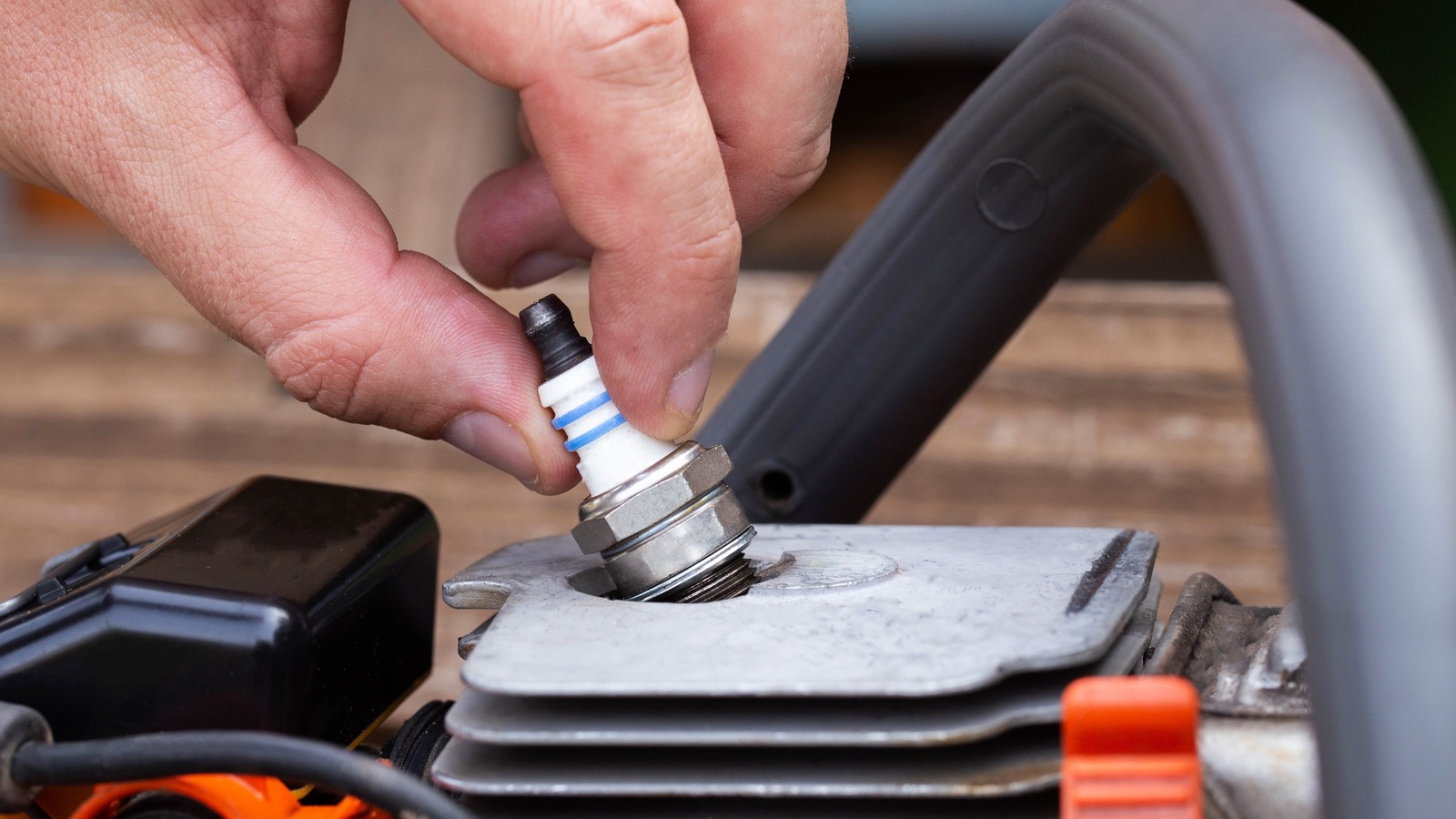


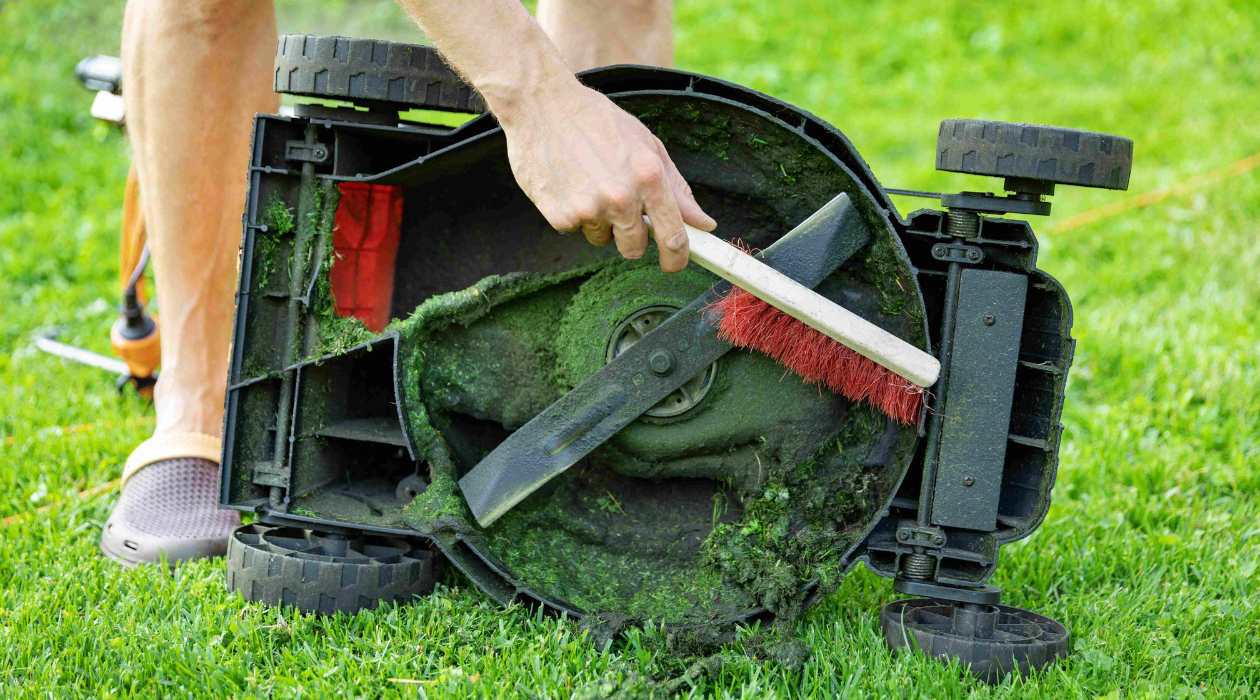
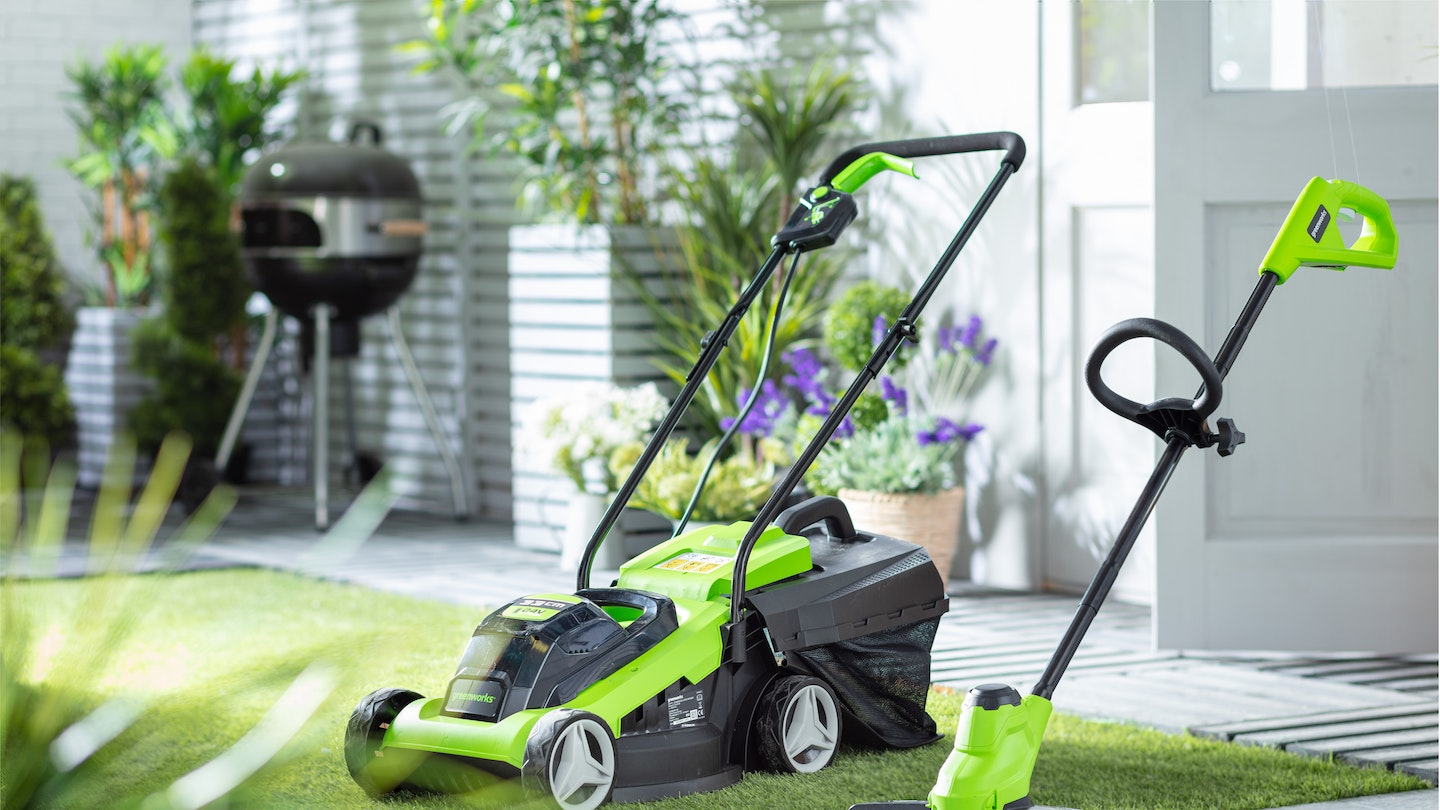
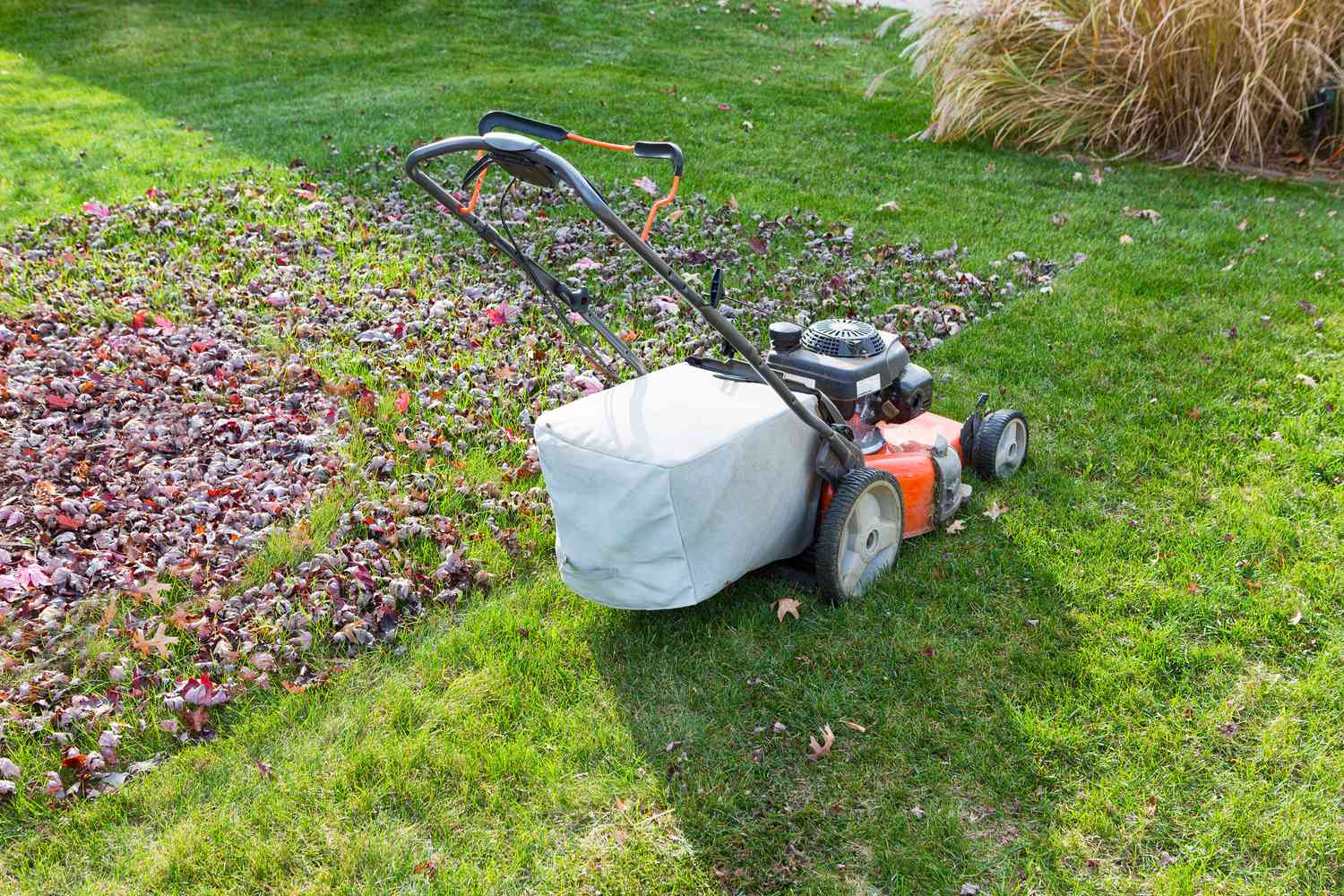
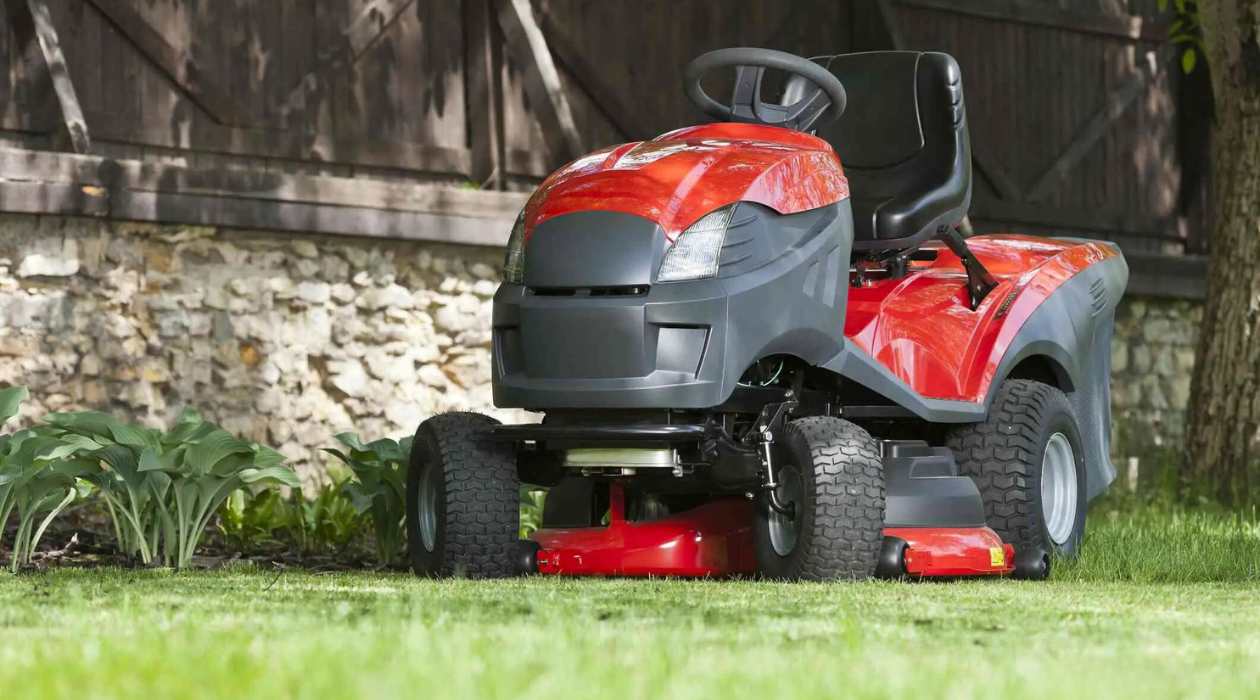
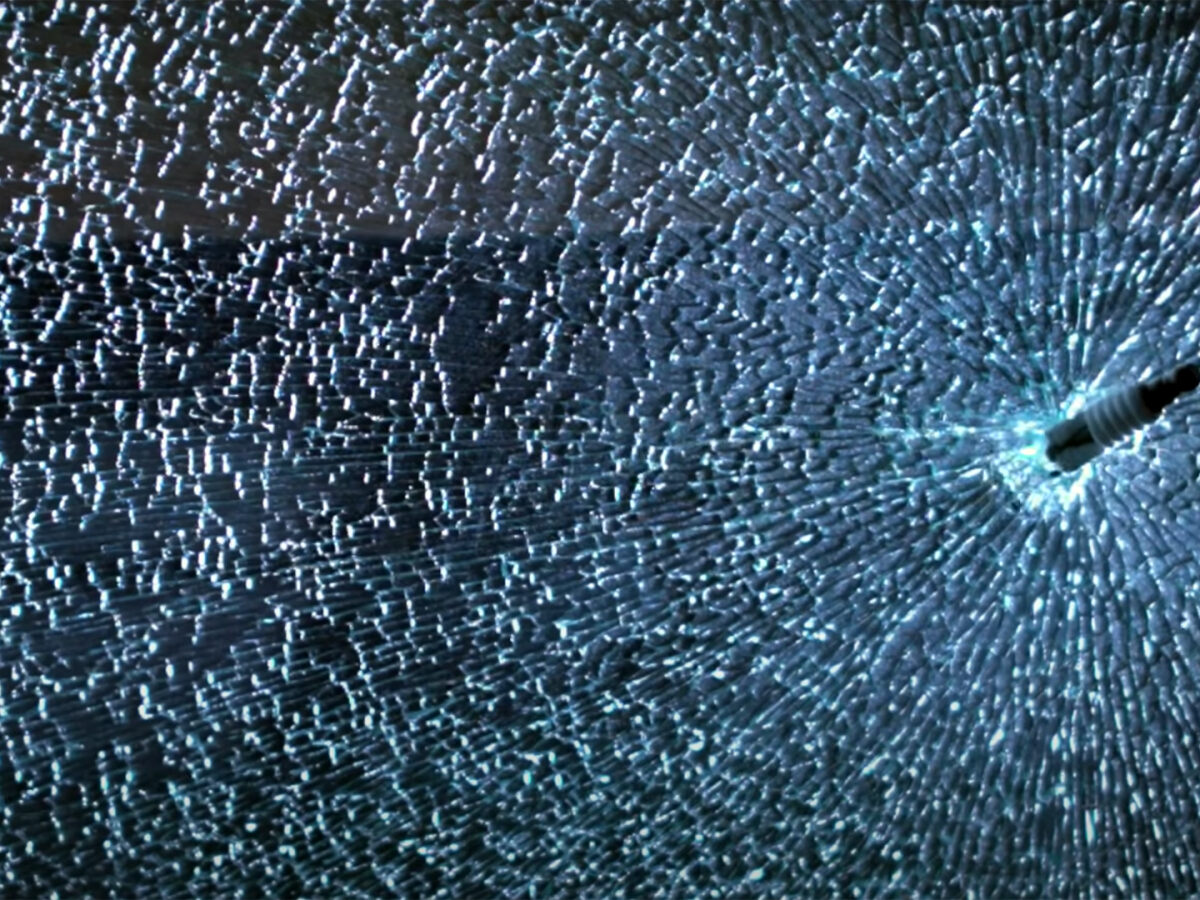
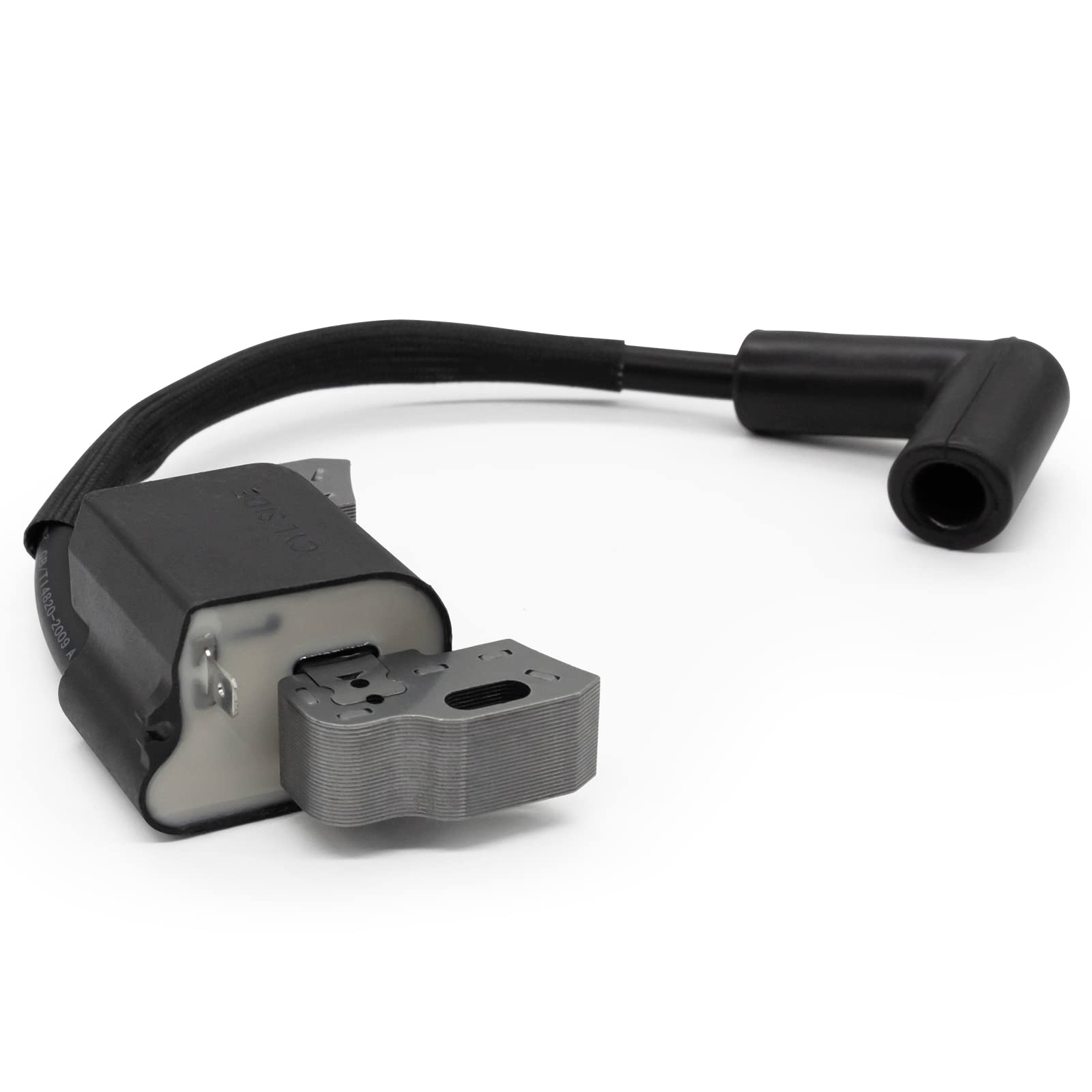
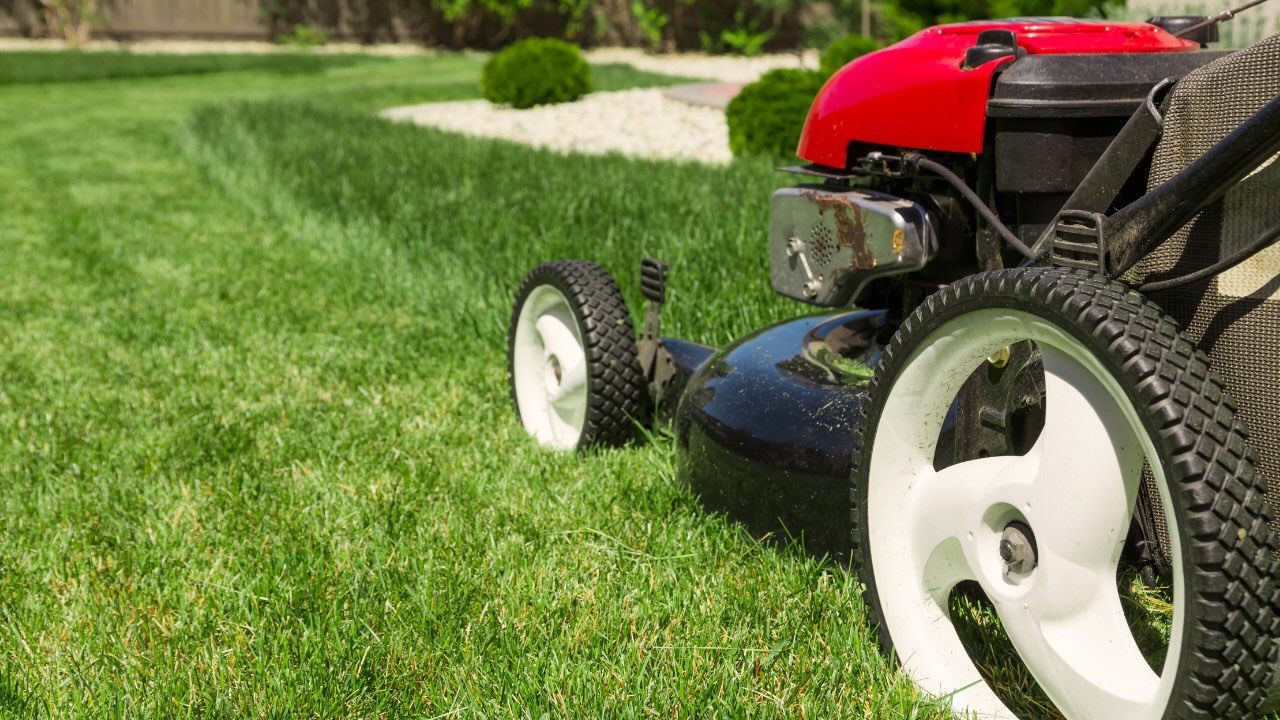



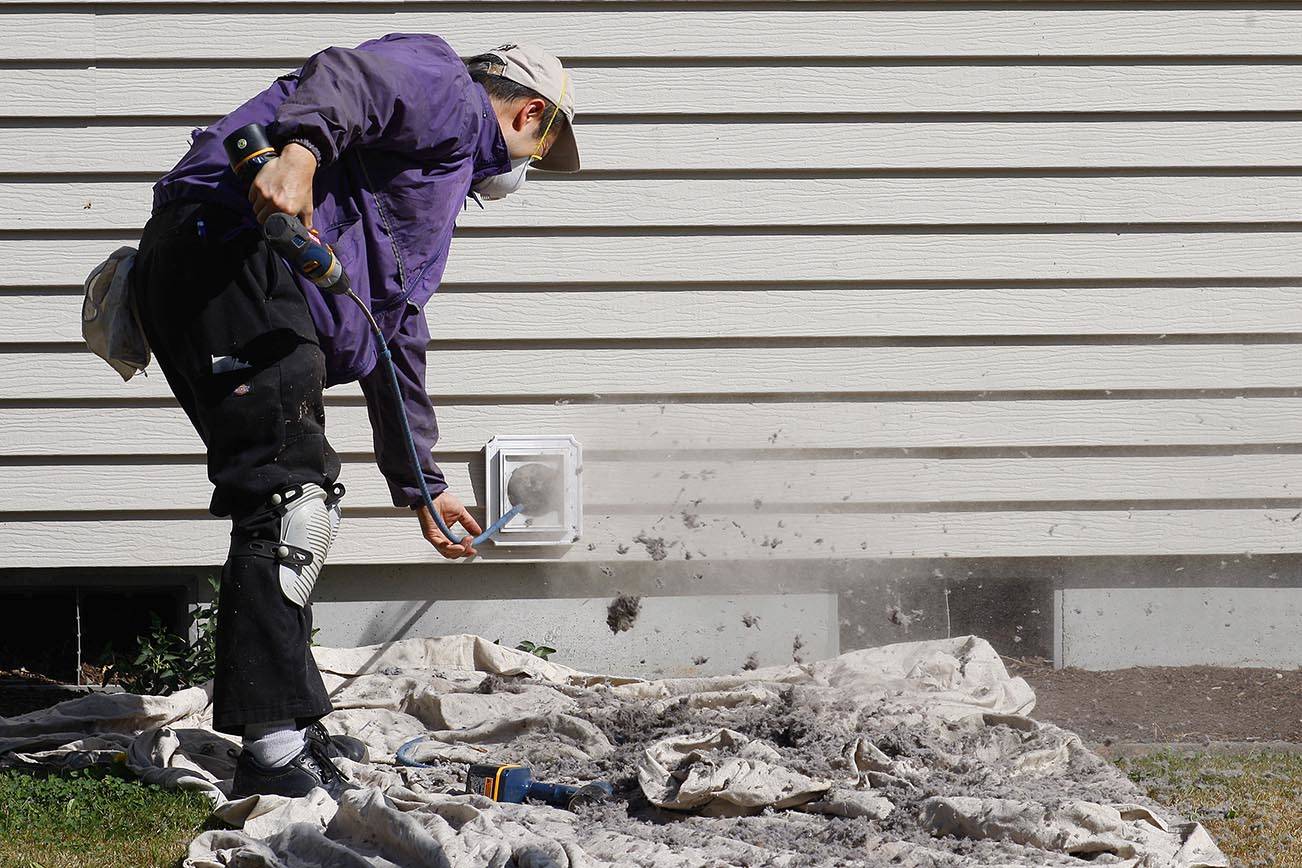

0 thoughts on “How To Check If A Lawnmower Has Spark”